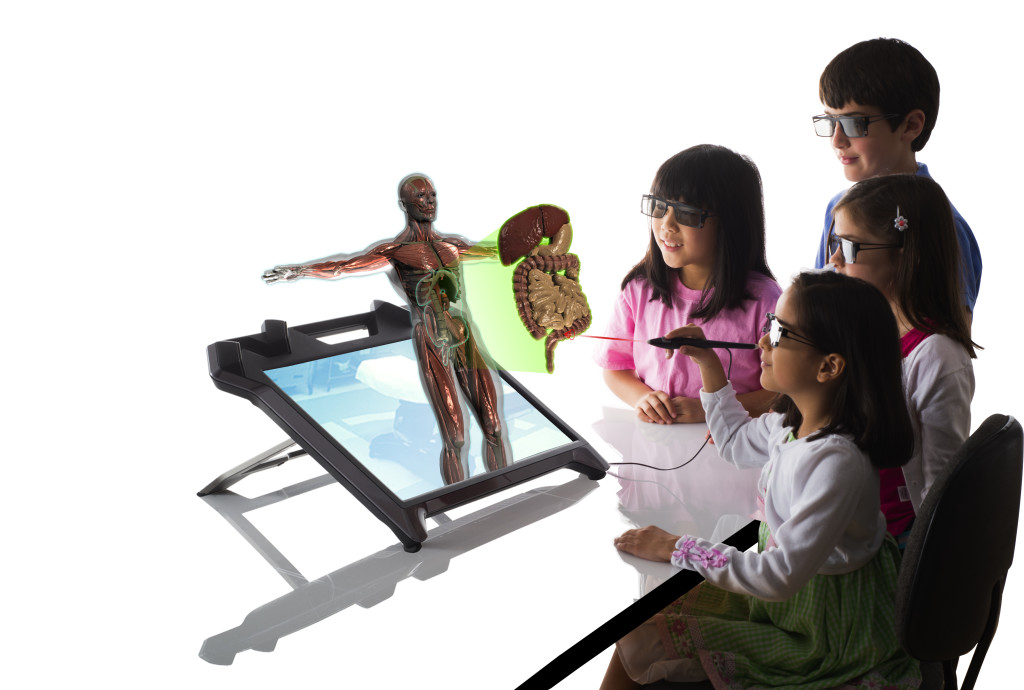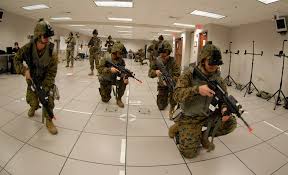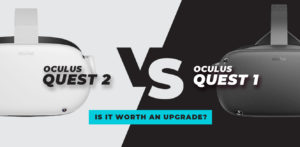
Virtual reality (VR) headsets are increasingly becoming more and more popular. It seems that all the focus of this technology is on the gaming industry. But that is not the only industry where it’s prevalent. It is bringing real life-changing developments in the medical and military sector.
The medical industry is increasingly using VR as a therapeutic tool. It is being used for the treatment of various mental health problems. VR may have an entertainment-based role in the gaming sector, but it is elsewhere where it is making its groundbreaking impacts.
Here are 5 reasons VR is not just for gamers:
VR for Therapy
Virtual reality is being used for exposure therapy to help patients suffering from anxiety and phobias. A rare few number of therapists are now using the Oculus Rift headset for improving related therapeutic methods.
According to studies, VR therapy is as effective as in-vivo exposure. The method helps expose patients to situations without the actual stressor. If the situation becomes unbearable, the patient can instantly disconnect. The technology allows therapists to create the environment and conditions depending on the case.
Until the recent developments in VR headsets, the hardware available for such therapies were too expensive. They were limited mostly to academic environments. But now almost everyone in the industry will be able to access the technology to provide more effective treatment to their patients.
Virtual Reality PTSD Therapy
VR technology is also being used for treating post-traumatic stress disorder (PTSD) in military personnel. The overall treatment involves therapy and counseling. But the new VR hardware has helped in speeding up the process of recovery. Therapists are now able to recreate traumatic situations within controlled environments for helping their patients face and overcome the PTSD symptoms.
The technology is also being used for remotely interacting with patients to provide more cost effective treatment. With the new technology, patients don’t have to visit their doctors too often. Initially, VR allows doctors to provide consultation remotely, but as the technology develops, it is expected that they may also be able to conduct remote examinations.
Virtual Tours
If you want to go on a vacation to a dream destination, it is no longer required to spend thousands of dollars and travel to the place. Virtual reality can now allow you to be present anywhere in the world.
The technology is expected to take the Google Street View experience to the next level up. You will be able to virtually be present in recreations of any location on the planet (and even in space).
You don’t have to bear the costs of traveling to visit the Eiffel Tower and other attractions from all across the world. Also, there are people who are not physically able to travel. VR is good news for all such people.
Another advantage of the technology is that it also allows you to reach and see places which can be dangerous or places which are too remote to reach. You can enter the deepest caves without actually putting yourself at risk.
The travel and tourism industry is poised to up for a big revamp with virtual reality technology. Tourism Australia has already initiated a program using VR for promoting tourism worldwide.
Education
Education is the next frontier for virtual reality technology. Online courses were the big thing for “remote” learners so far. But with VR learning, you can now become a truly remote learner.
The classrooms can also take students on field trips to any place in any part of the world. Whether you are studying geography, wildlife or history, virtual reality can enrich education like never seen before.
Virtual reality is also being used for more effective learning in children with special needs. The technology provides higher level of presence and this makes learning more effective. It enable learners to pay more attention. This was something of a challenge before now.
Training

Virtual reality simulation is now being used for training people in different sectors. Non-virtual reality simulation is already available in various fields. However, it is nowhere near in terms of quality against VR simulations. Medical students can now be shown surgeries in progress without the actual thing.
The technology is also being used for architecture and modeling. Environments and sites can be remotely explored by engineers before they create the plans and start the construction. In fact, architects can now build buildings and structures in the virtual world before even starting construction of the real thing.
The technology has also taken another form – virtual sculpting in the field of modeling. It gives you a special approach to 3D modeling, something that can have a big impact on digital art. The virtual models can also be used along with 3D printing technology for turning the virtual sculptures into their original counterparts.
VR Military Training
Military training is another big sector where virtual reality is being used at a large scale. Soldiers and pilots can be trained in life-threatening situations without actually putting them at risk, but also without compromising on almost a real-like experience. The new VR hardware is much cheaper yet more powerful than the virtual reality simulation technologies already being used in the defense sector.
Real-Time Event Viewing Experience
Imagine if you are able to sit on the front row of the Oscars and watch the event unfold in real-time. Imagine being able to watch your favorite football team clash with their archrivals from the stands. Virtual reality technology makes all this possible. You will no longer have to watch the football game on a flat screen when you can sit on the sidelines even when you are sitting in your home.
There is a lot happening in the VR tech field and it’s not just limited to gaming. There is no denying that it has changed the way world of gaming like anything, but it has done the same in other fields too. So the virtual reality headsets available today can help you do much more than you can imagine.






